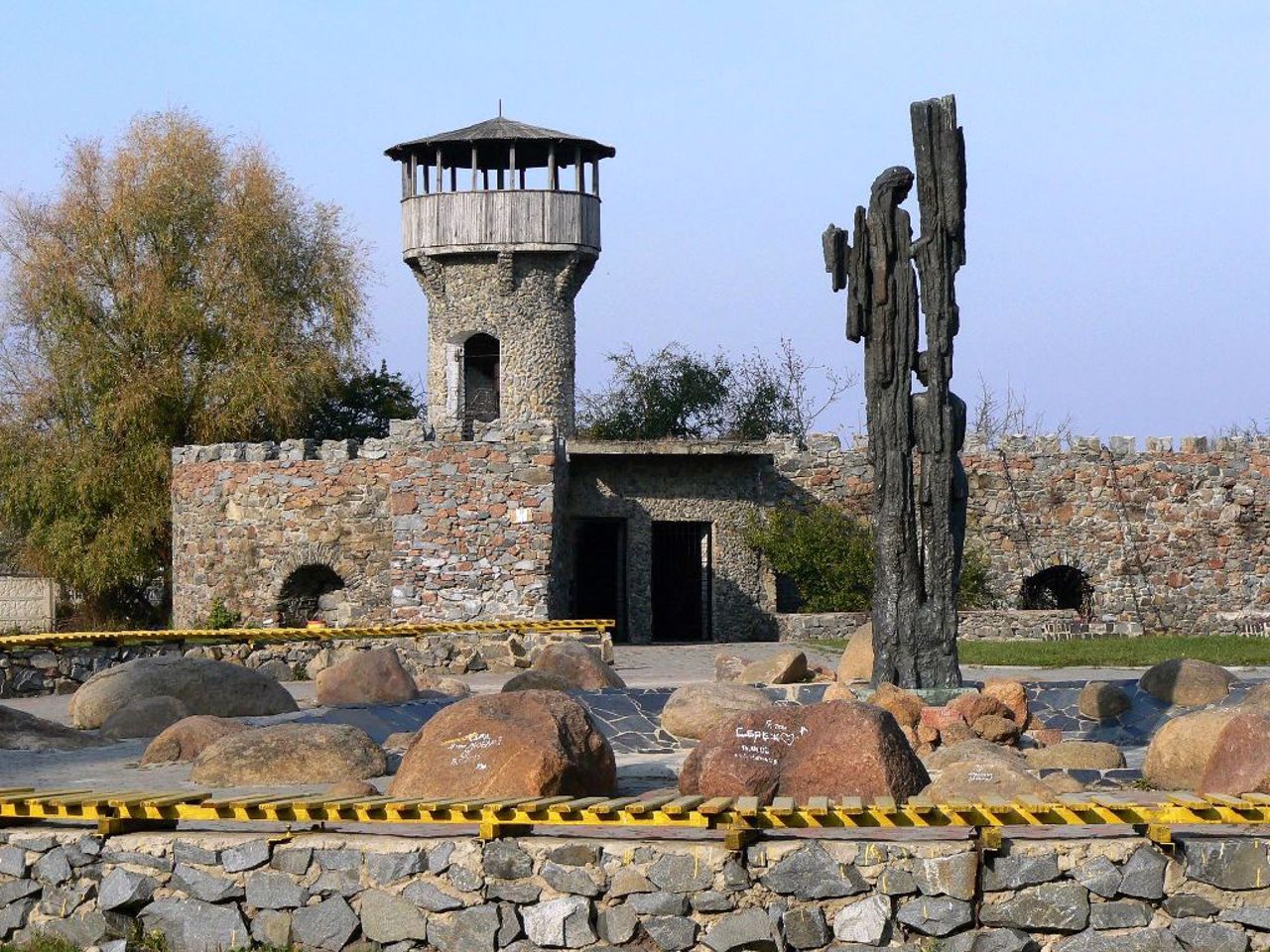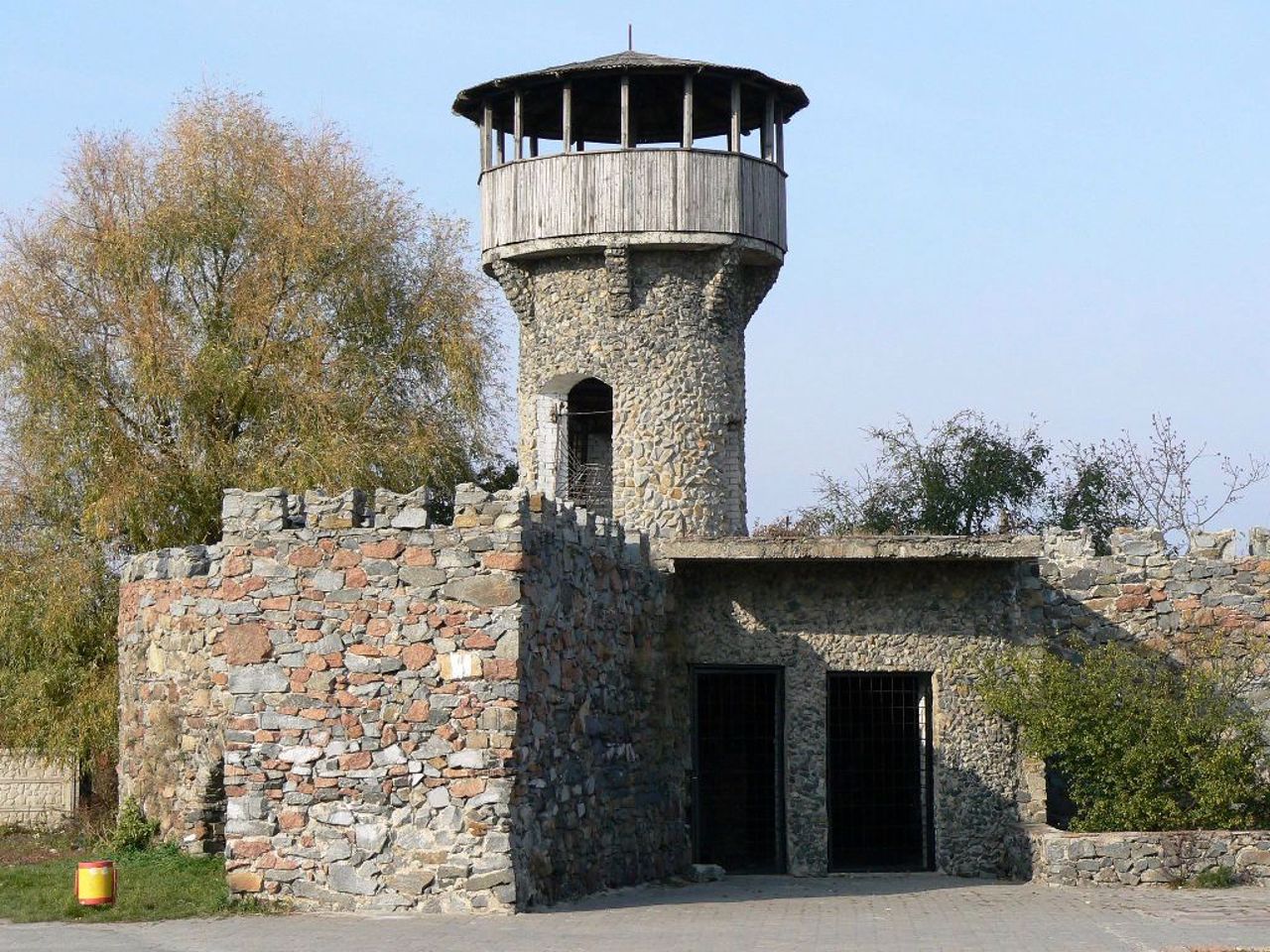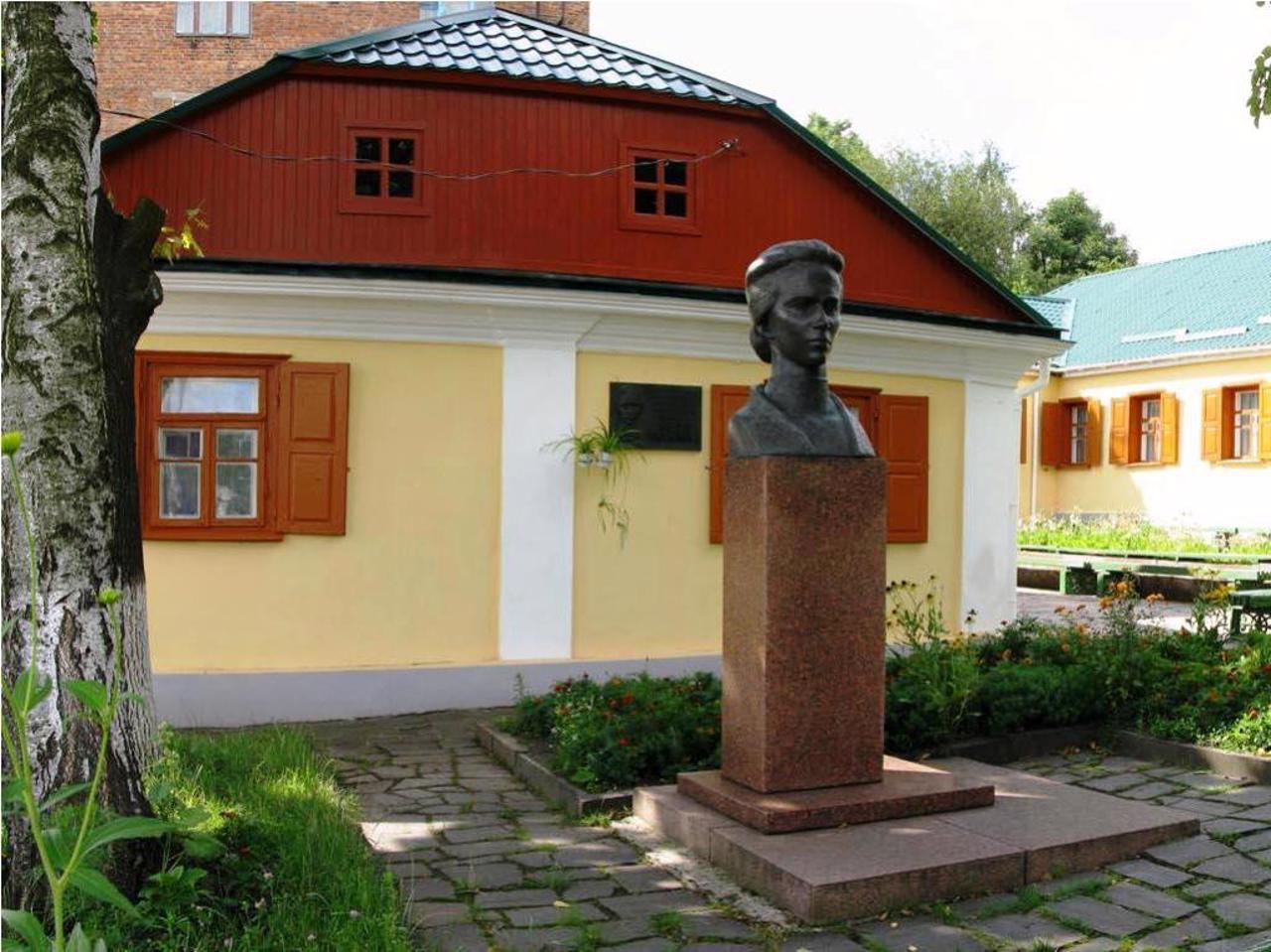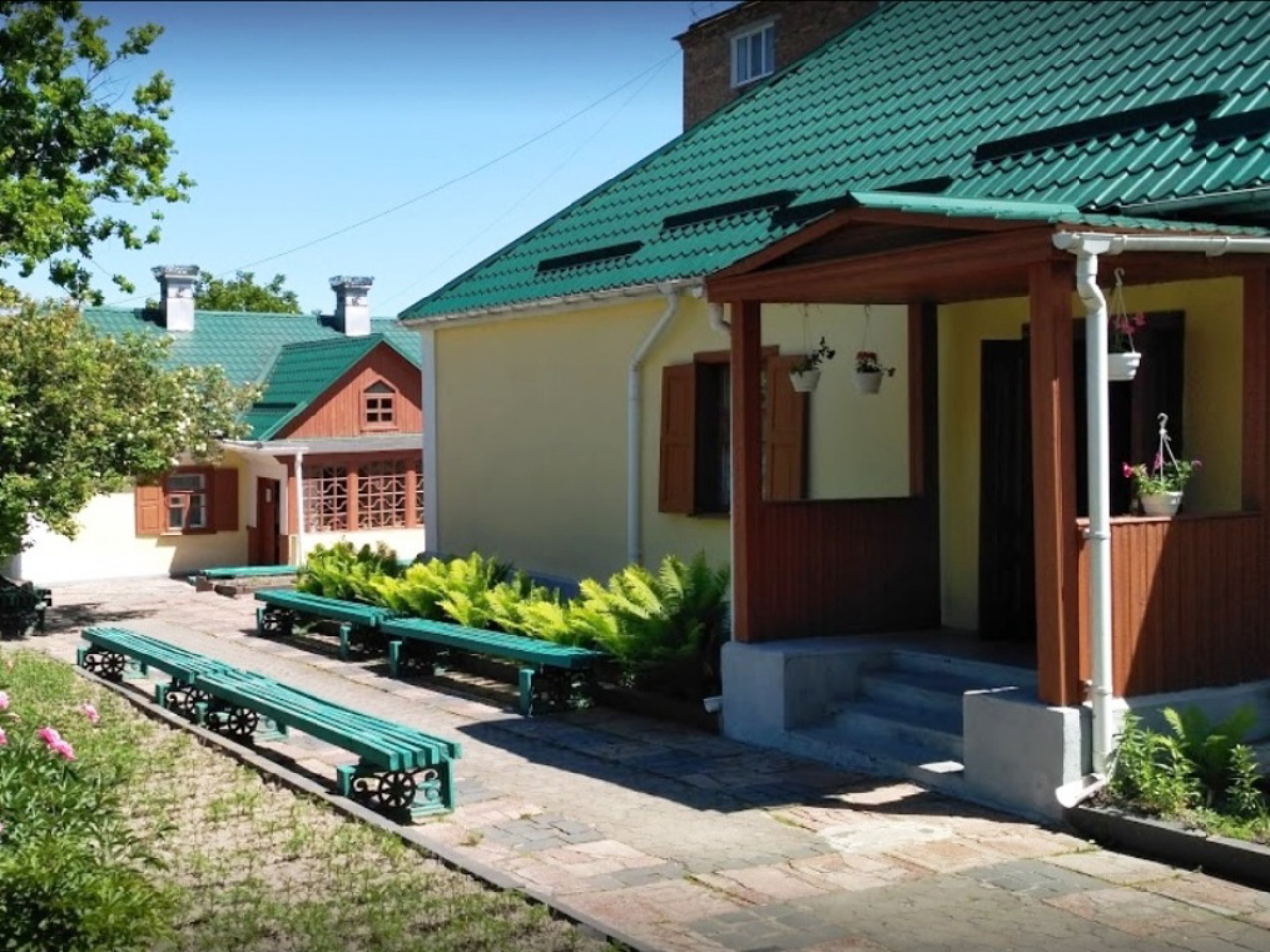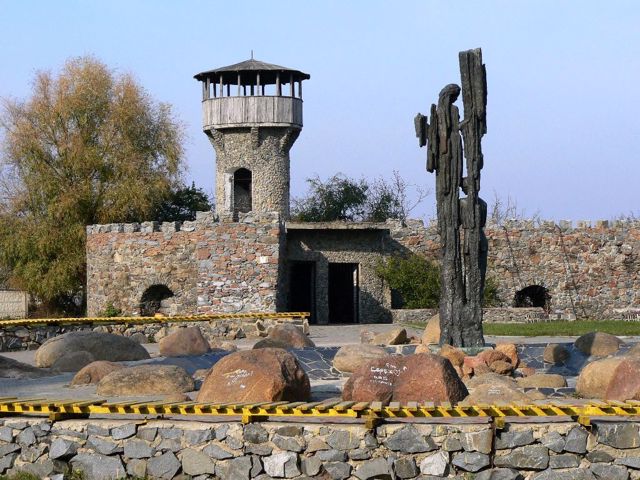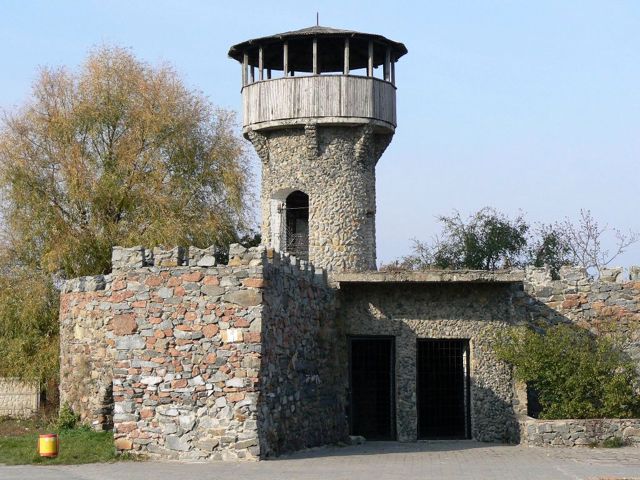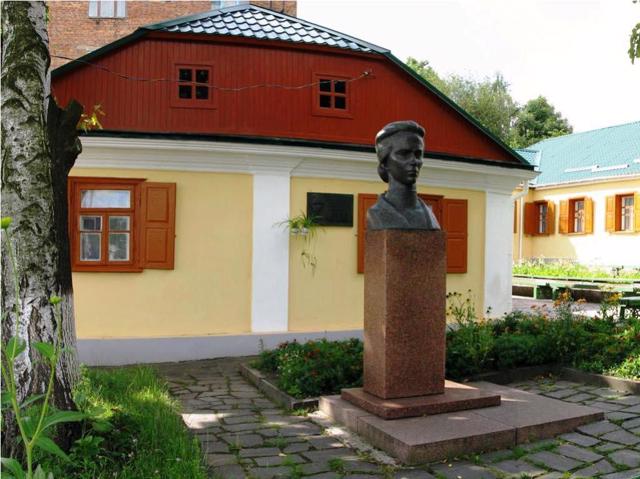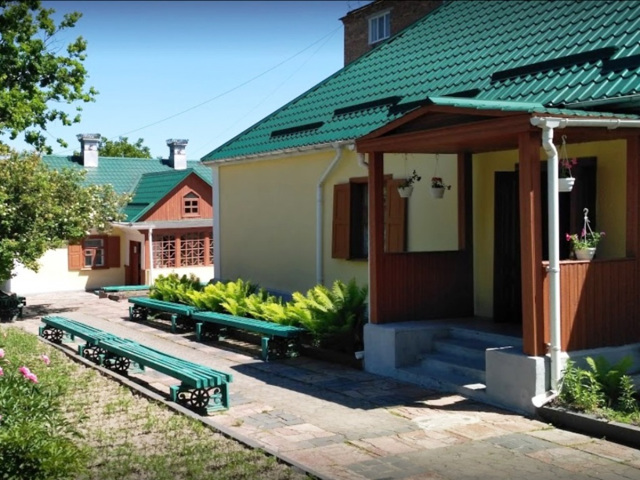Functional temporarily unavailable
General information about Zviahel
The city of Zviahel (former name Novohrad-Volynskyi) on the Sluch River is located between Zhytomyr and Rivne, on the route E-40 (M-06) "Kyiv - Chop".
It was first mentioned in the Ipatiiv Chronicle in 1257 as the Drevlyan town of Zviahel (Vzviahel, Vozviahel), destroyed by Prince Danylo Halytskyi (the Zviahel settlement was preserved 5 kilometers north of the current city center). Later it belonged to Lithuania, Poland, and Russia.
Remains of the foundation and walls of the castle, founded in 1507 by Prince Kostyantyn Ostrozky on the then eastern border of Volyn, have been preserved. In 1648, the castle was captured by the Cossack troops of Maksym Kryvonos, turning Zviahel into a stronghold of the liberation struggle in Volyn. After the Armistice of Andrusiv in 16 ...
The city of Zviahel (former name Novohrad-Volynskyi) on the Sluch River is located between Zhytomyr and Rivne, on the route E-40 (M-06) "Kyiv - Chop".
It was first mentioned in the Ipatiiv Chronicle in 1257 as the Drevlyan town of Zviahel (Vzviahel, Vozviahel), destroyed by Prince Danylo Halytskyi (the Zviahel settlement was preserved 5 kilometers north of the current city center). Later it belonged to Lithuania, Poland, and Russia.
Remains of the foundation and walls of the castle, founded in 1507 by Prince Kostyantyn Ostrozky on the then eastern border of Volyn, have been preserved. In 1648, the castle was captured by the Cossack troops of Maksym Kryvonos, turning Zviahel into a stronghold of the liberation struggle in Volyn. After the Armistice of Andrusiv in 1667, the city returned to Poland. In 1765, Bratslav Voivode Stanislav Lubomyrsky, who then owned the city, gave permission to dismantle the Zviahel Castle for the construction of the Ascension Church (destroyed in the 1930s). After the division of the Polish-Lithuanian Commonwealth, Zviahel went to the Russian Empire, in 1795 it was renamed Novohrad-Volynskyi and even became a provincial center for a short time. The historical name Zviahel was returned to the city in 2022.
The Ukrainian writer Lesya Ukrayinka was born here: the Literary and Memorial Museum operates, a monument and a memorial plaque have been installed on the house where she lived in 1871-1879.
During the reconstruction of the city after the Second World War, many architectural monuments were lost. The Mezentsev manor has been preserved (now under the control of the military). In 1990-98, the Holy Trinity Cathedral was revived, and in 2007 - the Transfiguration Church.
Місто Звягель (колишній Новоград-Волинський) на річці Случ розташоване між Житомиром і Рівне, на трасі Е-40 (М-06) "Київ - Чоп".
Вперше згадується в Іпатіївському літописі в 1257 році як древлянске місто Звягель (Взвягель, Возвягель), зруйноване князем Данилом Галицьким (Звягельське городище збереглося в 5 кілометрах на північ від нинішнього центру міста). Пізніше належало Литві, Польщі, Росії.
Збереглися залишки фундаменту та стін замку, закладеного в 1507 році князем Костянтином Острозьким на тогочасному східному кордоні Волині. У 1648 році замок захопили козацькі війська Максима Кривоноса, перетворивши Звягель на опорний пункт визвольної боротьби на Волині. Після Андрусівського перемир'я 1667 року місто знову відійшло до Польщі. У 1765 році брацлавський воєв ...
Місто Звягель (колишній Новоград-Волинський) на річці Случ розташоване між Житомиром і Рівне, на трасі Е-40 (М-06) "Київ - Чоп".
Вперше згадується в Іпатіївському літописі в 1257 році як древлянске місто Звягель (Взвягель, Возвягель), зруйноване князем Данилом Галицьким (Звягельське городище збереглося в 5 кілометрах на північ від нинішнього центру міста). Пізніше належало Литві, Польщі, Росії.
Збереглися залишки фундаменту та стін замку, закладеного в 1507 році князем Костянтином Острозьким на тогочасному східному кордоні Волині. У 1648 році замок захопили козацькі війська Максима Кривоноса, перетворивши Звягель на опорний пункт визвольної боротьби на Волині. Після Андрусівського перемир'я 1667 року місто знову відійшло до Польщі. У 1765 році брацлавський воєвода Станіслав Любомирський, який тоді володів містом, дав дозвіл розібрати Звягельський замок для будівництва Воздвиженського костелу (знищений в 1930-х роках). Після поділу Речі Посполитої Звягель відійшов до Російської імперії, в 1795 році був перейменований на Новоград-Волинський і навіть ненадовго став губернським центром. Історичну назву Звягель місту повернуто в 2022 році.
Тут народилася українська письменниця Леся Українка: працює Літературно-меморіальний музей, встановлено пам'ятник і меморіальну дошку на будинку, в якому вона жила в 1871-1879 роках.
При відновленні міста після Другої світової війни було втрачено багато пам'яток архітектури. Збереглася садиба Мезенцева (зараз у веденні військових). У 1990-98 роках було відроджено Свято-Троїцький кафедральний собор, а в 2007 році - Спасо-Преображенська церква.
Сплануй своє перебування у Zviahel
What to see and where to go in Zviahel
Tourist attractions and museums of Zviahel
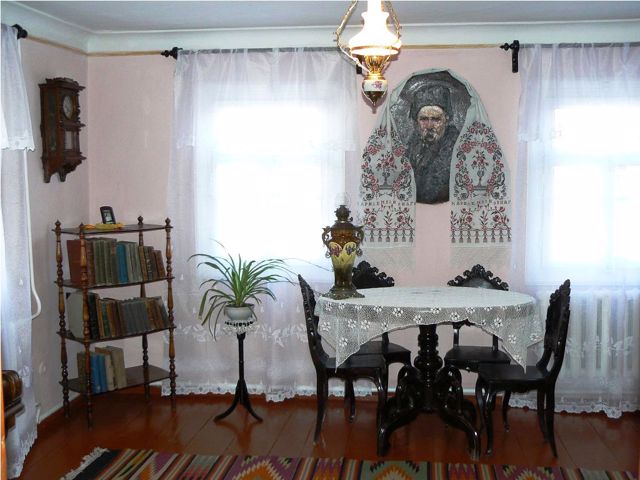
Lesya Ukrayinka Literary Memorial Museum
Palace / manor , Architecture , Museum / gallery
The Literary and Memorial Museum of Lesya Ukrayinka in Zviahel was created in the small house where the future poetess was born in 1871.
In 1870, the simple one-story house of the burgher Okruzhko was rented by the Kosach family: the head of the assembly of justices of the peace Petro Kosach and his wife Olha, who is known under the literary pseudonym Olena Pchilka. Little Larysa (Lesya) spent the first two years of her life here, after which the family moved.
In the surviving interiors of Lesya Ukrayinka's parents' house, the furnishings of the children's room and her father's office have been restored, in other rooms there are relics of the Kosach family, including Lesya Ukrayinka's personal belongings.
A transitional gallery leads to the neighboring building (former farm), where a literary and memorial exposition is displayed.
There is a bust of Lesya Ukrayinka in the yard.
Since 2023, Lesya Ukrayinka Literary Memorial Museum has been a communal institution of the Zviahel community. It has a branch - the Museum of the Kosach-Drahomanov family.
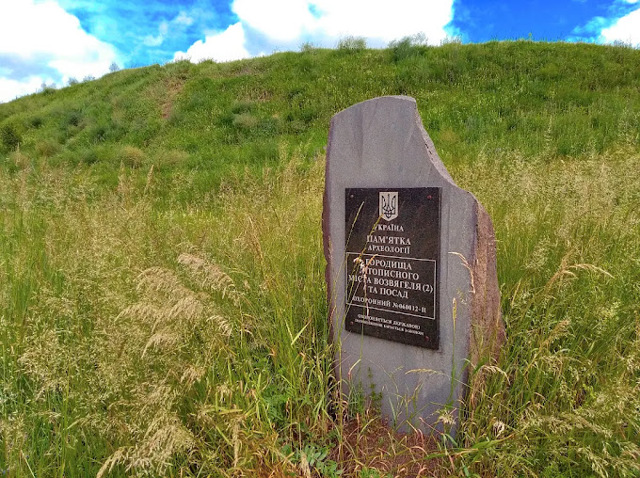
Zviahel Hillfort
Archaeological site
The Hillfort of the historic Drevlyany city of Zviahel (Vzviahel, Vozviahel) is located 5 kilometers north of the current center of Zviahel, next to the road bridge over the Sluch River, 500 meters north of the highway.
Vozviahel was first mentioned in 1257 in the Ipatiyiv Chronicle in connection with the campaign of Prince Danylo Halytskyi on the Bolokhiv land controlled by the Tatars. The city was then completely destroyed, and a new settlement later arose on the site of the current center of the city of Zviahel.
The northern hillfort is an oval earthen fortification with ditches and ramparts on the steep bank of the Sluch River.
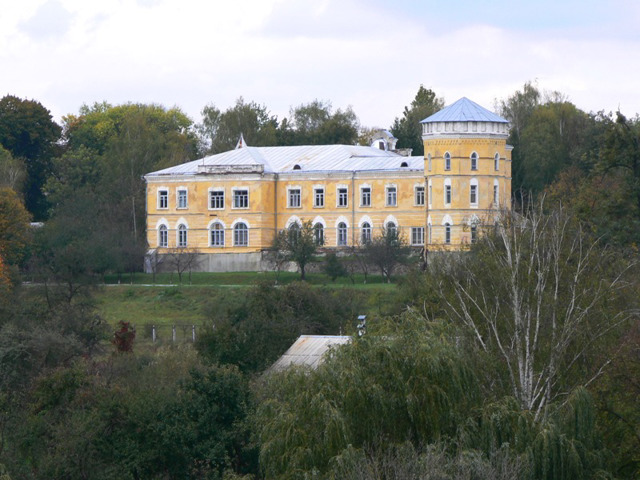
Myezentsev Palace
Palace / manor , Architecture
The palace of the Myezentsev family estate in Zviahel is located on the right bank of the Sluch River, opposite the ruins of the Zviahel fortress.
In 1865, the Myezentsevs became owners of Novy Zviahel, which was then a suburb of Zviahel. At the end of the 19th century, colonel Serhiy Myezentsev began the reconstruction of the manor, which previously belonged to the Lubomyrskyi princes, then to the Uvarovs. The construction was completed in 1903 by the colonel's son Boris Myezentsev. Perhaps the architect was Oleksandr Palshau.
The palace was built in the then fashionable historicism style, representing an eclectic mix of Renaissance, Baroque and Classicism forms. In the stylized form of the building with two towers, the image of the palace of the medieval castle is romantically interpreted. The layout of the main forms of the palace coincides with the outline of the north-eastern wall of the Zviahel castle.
A large arboretum was laid by the Uvarovs at the beginning of the 19th century.
In the 1920s, the Myezentsev palace housed an agricultural technical school. Then the manor passed into the hands of the military, the fortifications of the "Stalin Line" were placed on the territory of the park. Currently, it is the headquarters of the 30th separate mechanized brigade. Access to the territory is closed.
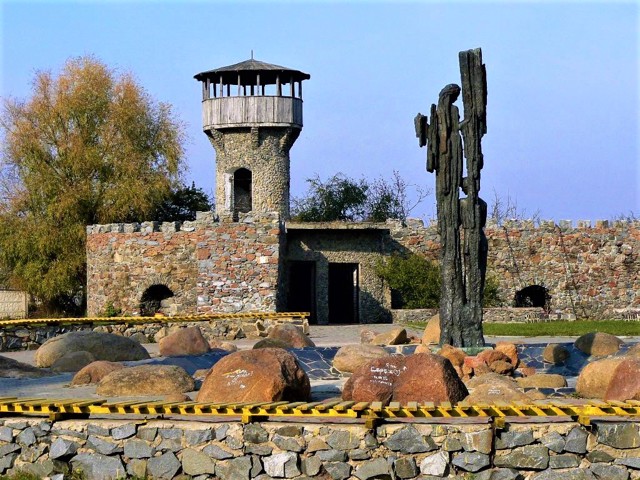
Zviahel Fortress Ruins
Castle / fortress
Fragments of the fortress walls and the reconstructed defense tower of the Zviahel fortress are located on the high bank of the Sluch River in the very center of the city.
The construction of the castle was started in the 16th century by Prince Kostyantyn Ostrozky on the eastern borders of his Volyn domains. In 1600, a church was built nearby (now the Palace of Culture named after Lesya Ukrayinka is in its place). The castle was destroyed in 1648 during the Liberation War of the Ukrainian people.
During Soviet times, the territory of the castle was turned into a recreation area, the reconstructed fragments of defensive structures have nothing to do with the original. The foundations of the preserved walls can be seen from the river side.
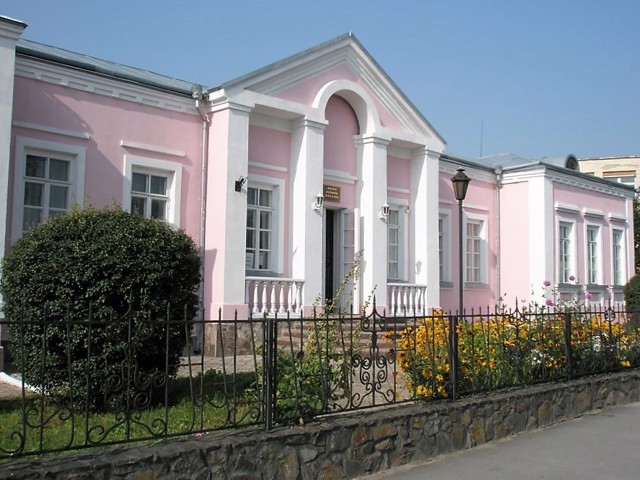
Kosach-Drahomanov Family Museum
Museum / gallery , Architecture
The house-museum of the Kosach-Drahomanov family was opened in Zviahel in 1999 in the reconstructed house of the Zavadsky family, in which Lesya Ukrayinka's literary family lived for 6 years.
The museum`s exhibition is based on the lifetime editions of Olena Pchilka (Lesya Ukrayinka's mother), Mykhaylo Drahomanov (Lesya Ukrayinka's uncle), and Lesya Ukrayinka herself.
A music school is also located in the premises.
The Zviahel Museum of the Kosach-Drahomanov Family is a department of the Lesya Ukrayinka Literary Memorial Museum.
Zviahel on photo and video
Reviews Zviahel
Geographical information about Zviahel
| {{itemKey}} | {{itemValue}} |
|---|---|
| Region |
Zhytomyr |
